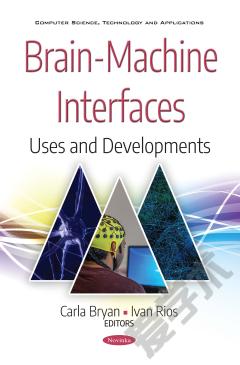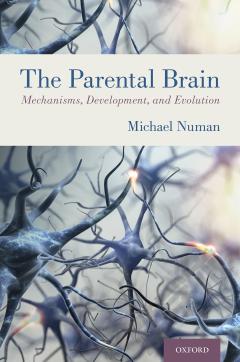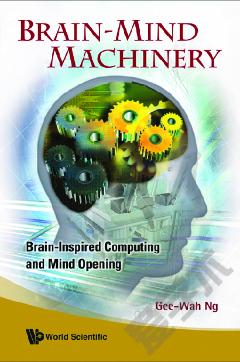Brain-Machine Interfaces: Uses and Developments
Brain-Machine Interfaces: Uses and Developments reports on advances in the development of a speech prosthetic, building on previous data as well as the results of detecting phonemes, words and phrases during overt and covert speech. The following study aims to quantify and qualify the electroencephalographic (EEG) patterns of commonly used control tasks in BCI systems under different task states. The analysed control tasks were: left hand MI, right hand MI, and a relaxed but focused mental state. The original feasibility study within this manuscript aimed to evaluate the scope of applications for a novel neurorehabilitation intervention. Important observations from that initial study and considers possible applications of TLNS Technology in the future are examined. The closing opinion piece seeks to outline why the development of an electrode that does not encourage growth into the electrode tip is ill-advised, with the core reasons being rejection and “less is more”. (Novinka)
{{comment.content}}








 京公网安备 11010802027623号
京公网安备 11010802027623号